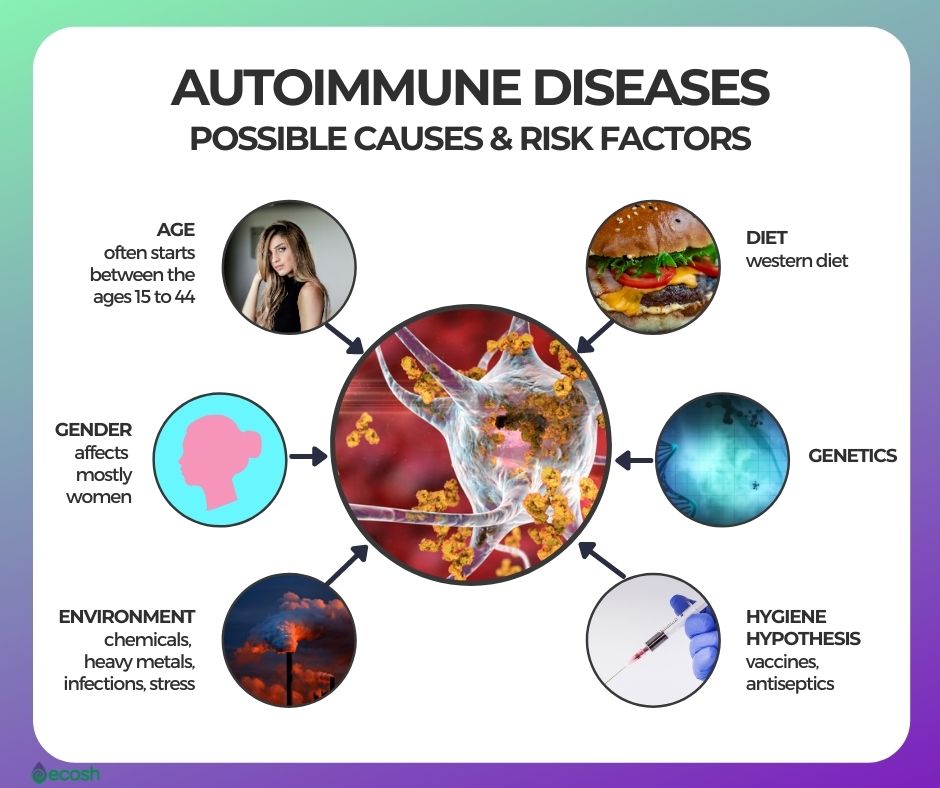

Extrapulmonary manifestations of the disease are described in 15–25% of cases. Up to 30% of cases include fever, unexplained weight loss, and chronic fatigue ( 1, 2). The most common clinical symptoms of pulmonary sarcoidosis are a dry cough, shortness of breath, and chest pain, which are described in more than 50% of patients. About half of the patients have no symptoms, while in severe clinical cases, sarcoidosis can lead to a failure of the internal organ functions with the development of fibrosis and pulmonary hypertension. Sarcoidosis has a wide variety of clinical phenotypes wherein many of them remind “classic” autoimmune diseases. In addition to genetic predisposition, triggers such as infection, inorganic materials, and environmental factors are likely to play a role, which leads to the possible development of an autoimmune response in the disease ( 2, 3). Recently, much attention has been paid to the study of the etiology and pathogenesis of sarcoidosis and the role of autoimmunity in its development and progression. African Americans and Northern Europeans are considered to be the most susceptible to the development of sarcoidosis with the predominance being in women, and incidence peaks from 30 to 60 years of age ( 2). The disease occurs worldwide, varying in prevalence and clinical course between regions, and populations. Sarcoidosis is a multisystem granulomatous disease of unknown origin with predominant lung involvement, variable clinical course, and no universally accepted treatment algorithm ( 1, 2). Studying the etiology and pathogenesis of sarcoidosis will improve diagnostic procedures as well as the prognosis and patients' quality of life.

This review attempts an integral analysis of currently available information suggesting an autoimmune genesis of sarcoidosis and is divided into four categories: the evaluation of clinical signs described both in patients with sarcoidosis and “classic” autoimmune diseases, the role of triggering factors in the development of sarcoidosis, the presence of immunogenic susceptibility in the development of the disease, and the analysis of cellular and humoral immune responses in sarcoidosis. Most researchers allude to the possible autoimmune or immune-mediated genesis of the disease. Petersburg, Russiaĭespite the large number of performed studies, the etiology and pathogenesis of sarcoidosis still remain unknown. 4Immunology Department, School of Biomedicine, Far Eastern Federal University, Vladivostok, Russia.3Immunology Department, Institute of Experimental Medicine, St.

Petersburg State Research Institute of Phthisiopulmonology, St.


 0 kommentar(er)
0 kommentar(er)
